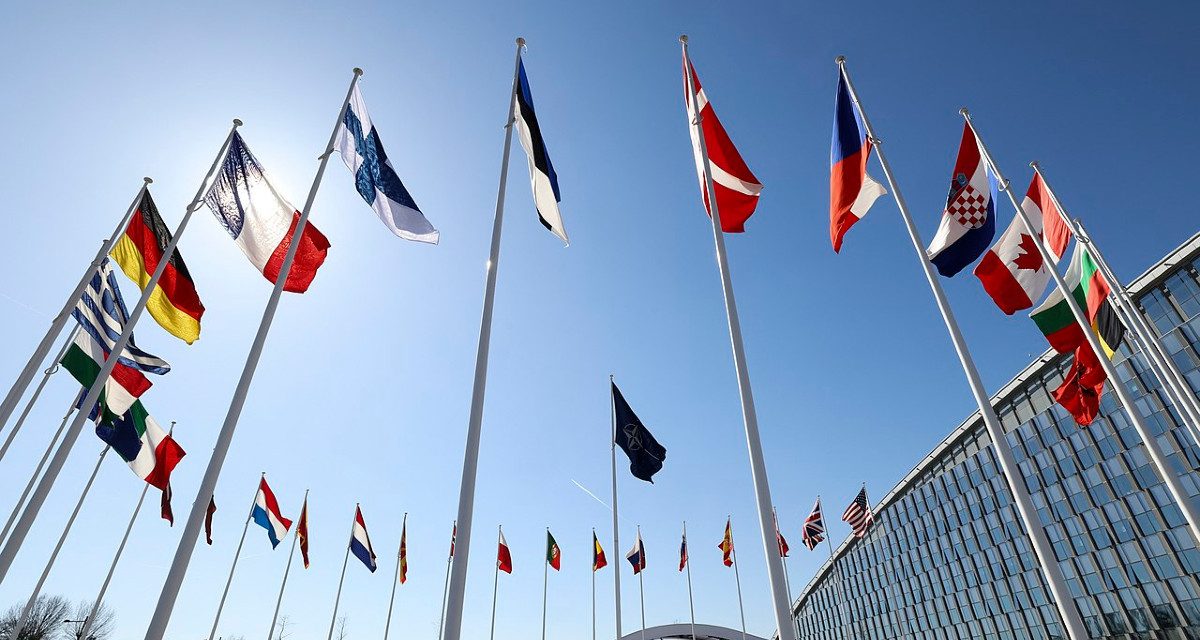On April 4, 1949, representatives of twelve governments came together to sign the North Atlantic Treaty and create the NATO alliance. In the seventy-five years that have passed since then, the world has changed dramatically. The Cold War quickly became the context that characterized its strategic outlook and its focus. When the Iron Curtain fell and the the Soviet Union dissolved, the alliance began to conduct its first military operations—enforcing no-fly zones and undertaking peacekeeping missions in the Balkans in the 1990s, for example. Yet another phase in its history emerged after the 9/11 terrorist attacks. And today, a renewed era of strategic competition, which has also seen the return of large-scale conflict to the European continent, has taken shape.
The alliance itself has changed, as well. It added its first new members—Greece and Turkey—in 1952, with West Germany following three years later. It has since grown to thirty-two member states, with Finland and Sweden the most recent additions. And as the the geopolitical, strategic, and military landscapes have changed, NATO has adapted to its new circumstances. Indeed, despite all of this change, the alliance’s history has been defined by a remarkable degree of continuity.
That means that an appreciation of its history provides a useful framework within which to understand the challenges and opportunities NATO faces today—and those that await it tomorrow. To explore that history, John Amble is joined on this episode by Seth Johnston. An active duty US Army lieutenant colonel and current foreign area officer focused on Europe, he holds a PhD from Oxford University and is the author of How NATO Adapts: Strategy and Organization in the Atlantic Alliance since 1950.
You can listen to the full episode below. And if you aren’t already subscribed to the MWI Podcast, be sure to find it on Apple Podcasts, Stitcher, or your favorite podcast app so you don’t miss an episode. While you’re there, please take just a moment to leave the podcast a rating or give it a review!
Image credit: UK Government

